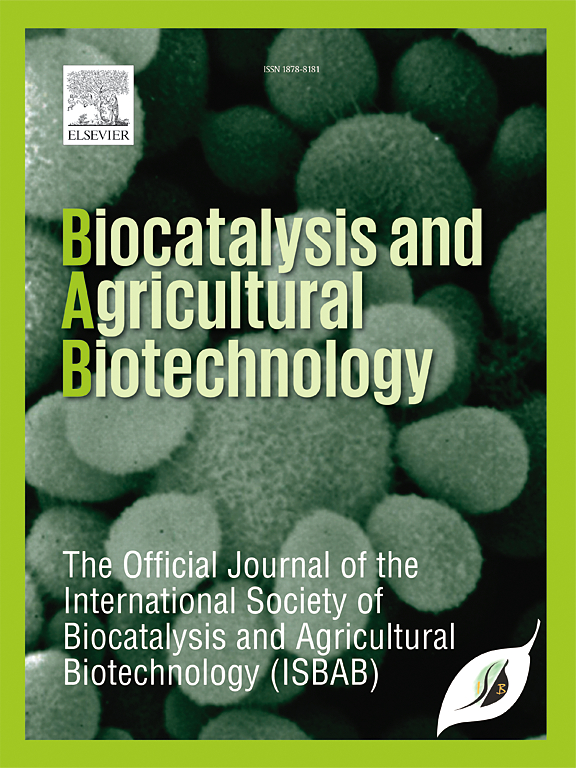A comprehensive review of nanomaterials synthesis: Physical, chemical, and biological approaches and emerging challenges
IF 3.4
Q2 BIOTECHNOLOGY & APPLIED MICROBIOLOGY
引用次数: 0
Abstract
Physical, chemical, and biological approaches are used in the manufacturing of nanomaterial; each has advantages and disadvantages of its own. Physical techniques like ball milling and laser ablation offer a regulated size distribution and great purity, but they cost a lot of money and energy. Particle dimensions and shape can be precisely controlled using chemical techniques, such as sol-gel as well as chemical vapor deposition. However, these processes frequently involve toxic chemicals and result in dangerous byproducts. Viral, plant, and microbe synthesis is achieved through biological processes. Enzymatic reduction & capping are harnessed by microbial synthesis, although it can be sluggish and necessitates careful management of growing conditions. Plant-based synthesis, which offers a more environmentally friendly option but with variable particle size, employs phytochemicals for stabilization and reduction. This review aims to direct future study and implementation in nanotechnology by thoroughly comparing various approaches and highlighting their operational processes, environmental consequences, and possibilities for large-scale manufacturing.
求助全文
约1分钟内获得全文
求助全文
来源期刊

Biocatalysis and agricultural biotechnology
Agricultural and Biological Sciences-Agronomy and Crop Science
CiteScore
7.70
自引率
2.50%
发文量
308
审稿时长
48 days
期刊介绍:
Biocatalysis and Agricultural Biotechnology is the official journal of the International Society of Biocatalysis and Agricultural Biotechnology (ISBAB). The journal publishes high quality articles especially in the science and technology of biocatalysis, bioprocesses, agricultural biotechnology, biomedical biotechnology, and, if appropriate, from other related areas of biotechnology. The journal will publish peer-reviewed basic and applied research papers, authoritative reviews, and feature articles. The scope of the journal encompasses the research, industrial, and commercial aspects of biotechnology, including the areas of: biocatalysis; bioprocesses; food and agriculture; genetic engineering; molecular biology; healthcare and pharmaceuticals; biofuels; genomics; nanotechnology; environment and biodiversity; and bioremediation.
 求助内容:
求助内容: 应助结果提醒方式:
应助结果提醒方式:


